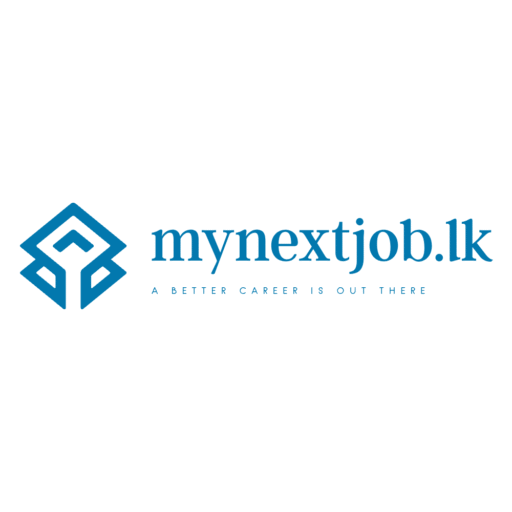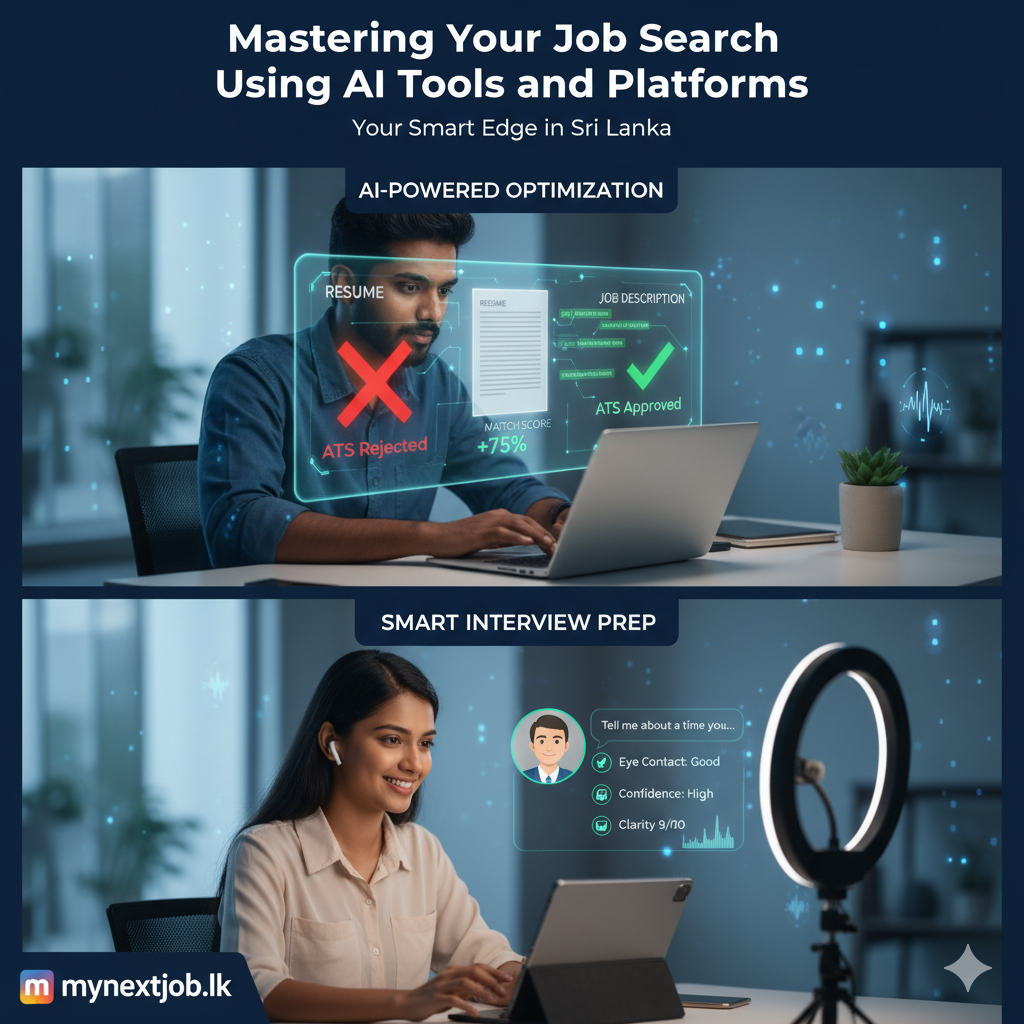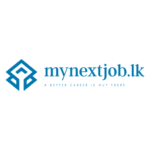The rules of the job search have fundamentally changed. Today, the first person to review your CV is likely an **AI-powered Applicant Tracking System (ATS)**. Recruiters in Sri Lanka’s competitive IT, BPO, and Finance sectors now rely on AI to filter thousands of applicants, making your ability to leverage **AI for job search** a non-negotiable skill.
This guide moves beyond generic advice, showing you how to utilize AI tools to pass the automated screening process and secure your place on a recruiter’s shortlist.
1. Hacking the ATS: The Keyword Strategy
The vast majority of large Sri Lankan companies use ATS to filter CVs. If your CV doesn’t have the right keywords, it won’t be seen by a human recruiter.
- AI’s Critical Flaw: The ATS cannot read context; it matches exact keywords. If the job description asks for “Enterprise Resource Planning (ERP),” and you only wrote “Logistics Software,” you may be filtered out.
- Use AI as a Scanner: Use AI tools (like free online scanners or basic ChatGPT prompts) to analyze the job description and extract **all recurring skills, certifications, and job titles.**
- Strategic Placement: Integrate those exact keywords naturally into your CV’s **Professional Summary, Work Experience bullets, and Skills section.** The key is natural integration; **avoid keyword stuffing**, which looks robotic to a human reviewer.
2. The ChatGPT Risk: Authenticity and “Hallucination”
While AI is a powerful assistant, blind reliance on it is the biggest mistake a Sri Lankan applicant can make. Recruiters are now expert at spotting generic, AI-generated “fluff.”
- The Risk of Fabrication: AI can “hallucinate,” creating impressive-sounding **fake achievements or technical skills** that you do not possess. If discovered during a subsequent interview or background check, this will permanently damage your credibility.
- Avoid Generic Jargon: ChatGPT often generates long-winded, vague sentences. Instead, write your achievement first (e.g., “I increased sales by 15%”), then use AI to refine the phrasing into professional language (e.g., “Developed and executed a strategy that drove a 15% increase in annual revenue”).
- Humanize the Cover Letter: Always write the opening and closing of your cover letter yourself. Use AI to optimize the middle body paragraphs for structure and keyword density, but ensure the final product sounds like **your unique voice**.
3. Using AI for the Interview Edge
AI tools can help you practice and refine your delivery, eliminating nervousness and ensuring your answers are aligned with the company’s mission.
- Interview Coaches: Use AI coaching platforms (like Google Interview Warmup) to practice answering common questions. These tools provide real-time feedback on your **pacing, clarity, and use of filler words**—essential for high-stakes interviews.
- The “Why Us” Prompt: Feed the job description and the company’s recent press releases (e.g., MAS’s sustainability targets) into an AI. Ask it to generate **three key talking points** that align your skills with the company’s current strategic goals.
- Final Output: After using AI to refine your content, run your CV through a simple self-test: copy the text and paste it into a plain Notepad document. If the formatting breaks or words are scrambled, the ATS will reject it.
Embrace AI as your smart assistant for speed and optimization, but rely on your own **expertise and authenticity** to get hired. This balance is the new gold standard for the modern job seeker.






